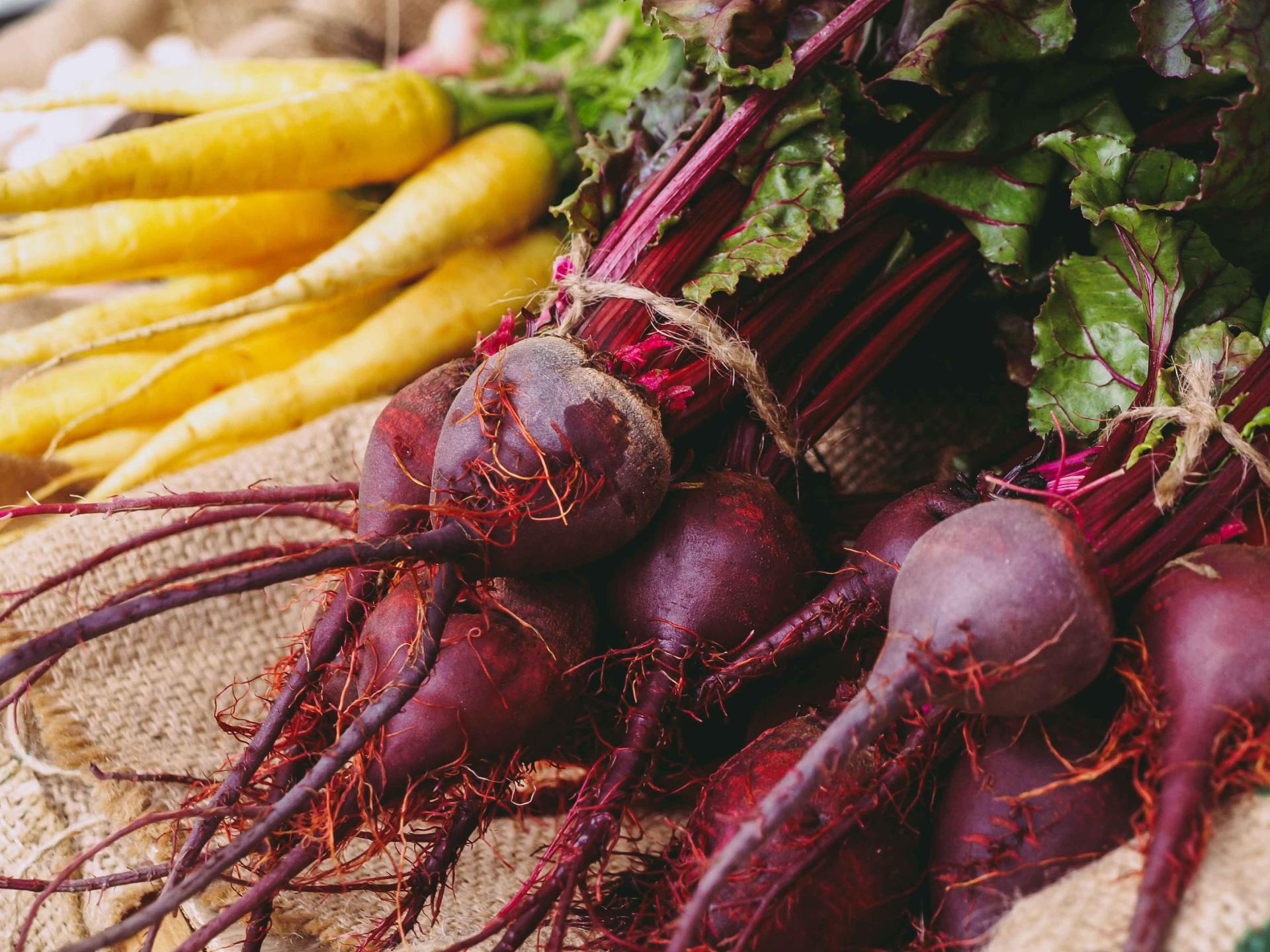Support Local Year-Round!
All-New! Subscribe to Our
SEASONAL FRESH PACKS and always have fresh, Texas farm-grown goodness delivered curbside or to your door!
Support local, eat fresh!
Farmers Market Recipe Contest!
Share a new way to eat seasonally with our fresh market ingredients. Recipe contest coming up. 3 top winners will receive $100.00 market gift card for best submission - 1 for each category Appetizer/ Salad, Main Dish, and Dessert! Submit your recipe and along with a high quality photo of your dish today!
Great Community Resource
Let's share ideas, connect communities, and promote local resources. The market guide is a great way to get in sync by sharing great recipes, ideas, and local events in Round Rock, Georgetown, and Cedar Park.
Connect With Us!
Interested in marketing your business? Contact us today!

Slide title
Write your caption hereButton
What to Buy at our Markets and Why.
- Grass-fed beef: Buying local beef is important because animals raised entirely on grass produce 8 percent fewer greenhouse gas emissions and 30 percent lower ammonia levels than corn-fed animals raised in confinement.
- Anything Organic: How your food is grown is what matters most. Our farmers practice organic and natural farming methods versus the greenhouse-gas-intensive fertilizers and pesticides used on chemical farms.
- Asparagus: 51% of the asparagus in the US is imported from Peru. The USDA requires all shipments of fresh asparagus from Peru to be fumigated with the dangerous pesticide methyl bromide, a neurotoxic chemical suspected of causing cancer.
- Berries: Buying local strawberries, blueberries, or raspberries help conserve energy. Because of the short shelf lives, berries are often shipped from farm to distribution center via air freight, the most fossil-fuel-guzzling form of food shipment, from South America, Mexico, Canada, and even as far off as Poland. The United States imports $220 million worth of strawberries, while selling just $1.5 million worth of domestically grown berries.
- Carrots: You’ll carrots in every hue, from purple to white, at our farmers markets. Those colorful varieties, particularly purple carrots, have higher antioxidant values than commercially grown orange carrots, according to a study in the Journal of Agriculture and Food Chemistry. They’re also better for the planet. The energy required to store carrots when they’re out of season or being shipped long distances accounts for 60 percent of the greenhouse-gas emissions associated with carrot production.
- Tomatoes: Bland, mealy grocery-store tomato will never rival a fresh Farmer George Farmers Market tomato. And there are more benefits to local tomatoes than just taste. In Florida, where a third of the country’s fresh tomatoes are grown, slavery of illegal immigrants on tomato farms is a persistent problem. And farmers in that state apply five times as much fungicide and six times as much pesticide as farmers in California, which supplies another third of the country’s fresh tomatoes.
Did you know that fruits and vegetables pack the most nutrition when they are ripe? Studies show that many nutrients are formed as the food ripens. But the moment they are picked, their sugars begin to convert to starch, their plant cells begin to shrink and their nutrients begin to diminish. Local food doesn’t travel long distances. That means it can be ripened as nature intended and picked when its nutritional value is highest. Plus, local foods usually arrive at the farmers market within hours after harvest, so they retain most of their nutritional value and do not require gasses to keep them “fresh”.
- greenopedia.com
SHOPPING MARKET TIPS
1. Take a look around the market.
Check out what each vendor has then make notes on which vendors interest you. Then circle back and make your purchases. Save large purchases at the end so you won't have to carry them around while you shop.
2. Keep a cooler in your trunk to keep your purchases cool and fresh while you run errands after you leave the market.
3. Try Something New
Keep an open mind and ask for samples – your new favorites might surprise you. Vendors are always giving out samples because they know you will love what they are offering!
4. Ask questions.
While a grocery store worker doesn’t always know where the beef came from, it’s a vendor’s job to know everything about the products he or she sells. Don’t be afraid to ask questions about how the food was grown, what pesticides were used, how to store something, or how to prepare a new food you’d like to try. You’ll find that most vendors are more than happy to answer your questions. They know that the more confident you feel about their products, the more likely you will be to head back for more in the future.
5. Make it a family day.
Bring your kids, pets, and the whole family! Learning about the food and getting to know the producers is the heart of the market! Putting a face to your food is more than a slogan, it is the way we do business at the market. Look for special events (like our Spring Fest happening March 2018) where you can have fun while you shop!
6. Spread the Word
Farmers’ markets can’t survive without tons of local support. Remember that the vast majority of vendors are sole proprietors, farmers, and local craftspeople who need your support to survive. Check out your local market, and make sure you don’t keep it a secret. By using word-of-mouth recommendations, you can make sure your favorite market sticks around for years to come.
Contact Us
Thank you for contacting us.
We will get back to you as soon as possible
We will get back to you as soon as possible
Oops, there was an error sending your message.
Please try again later
Please try again later
Find Us Every Week!
- Round Rock Sat 10-2 Click Here
- Coming Soon Sun 12-4
- Pflugerville Tue 3-7 Click Here
- Austin Thu 3-7 Click Here
Contact Us
Thank you for contacting us.
We will get back to you as soon as possible
We will get back to you as soon as possible
Oops, there was an error sending your message.
Please try again later
Please try again later

Farmer George Farmers MarketsPO Box 200023 Austin TX 78720+1 956.286.1949
Market Hours
- Mon, Wed, Fri
- Closed
- Tue, Thu
- -
- Saturday
- -
- Sunday
- Closed
Website and artwork donated by Create 24-7 All rights reserved 2024

